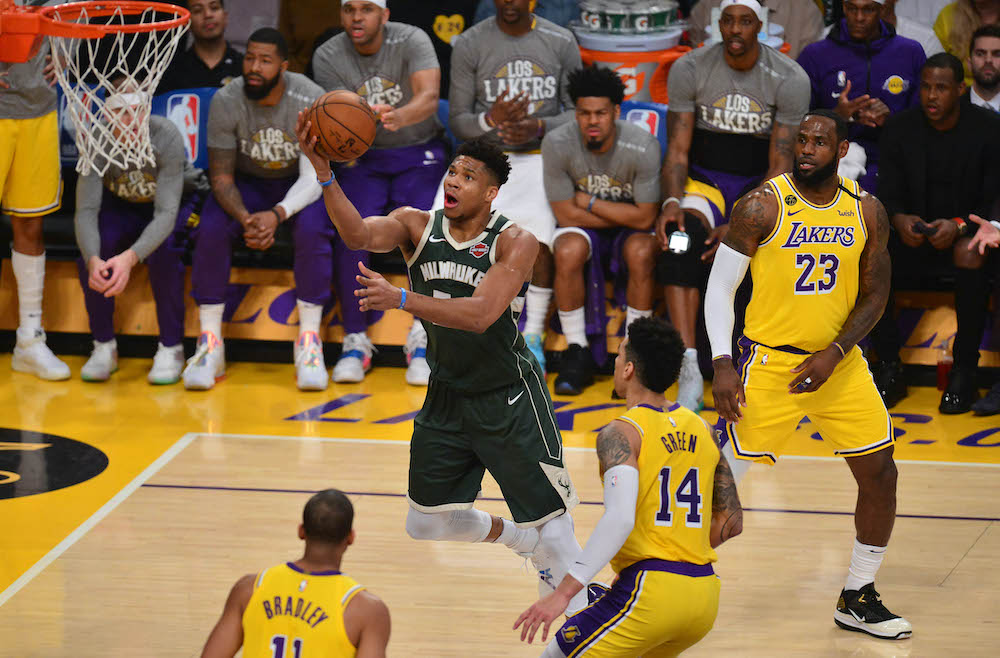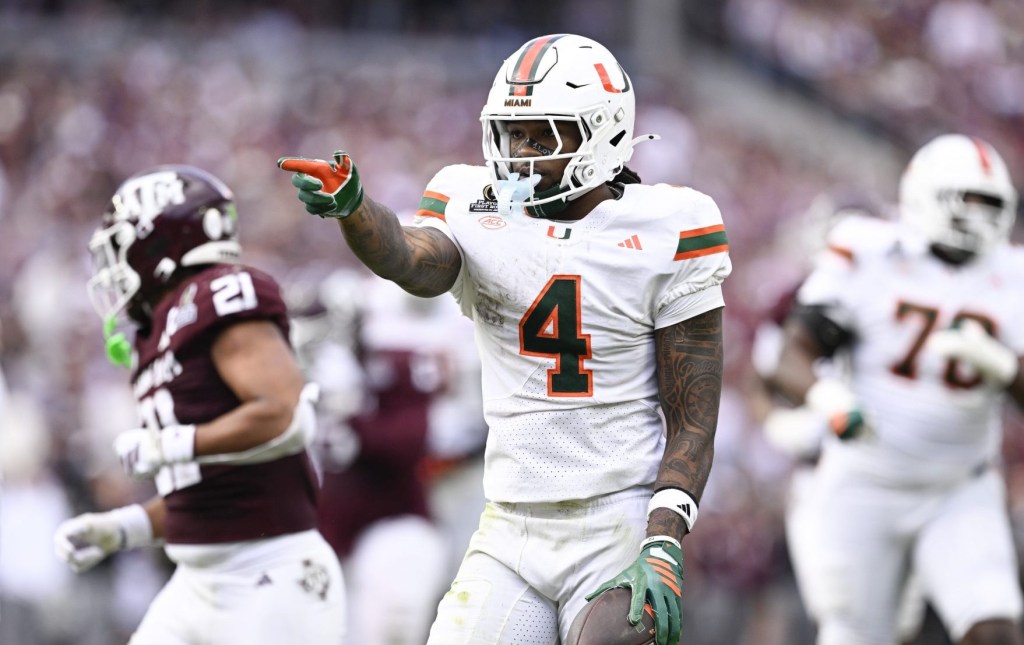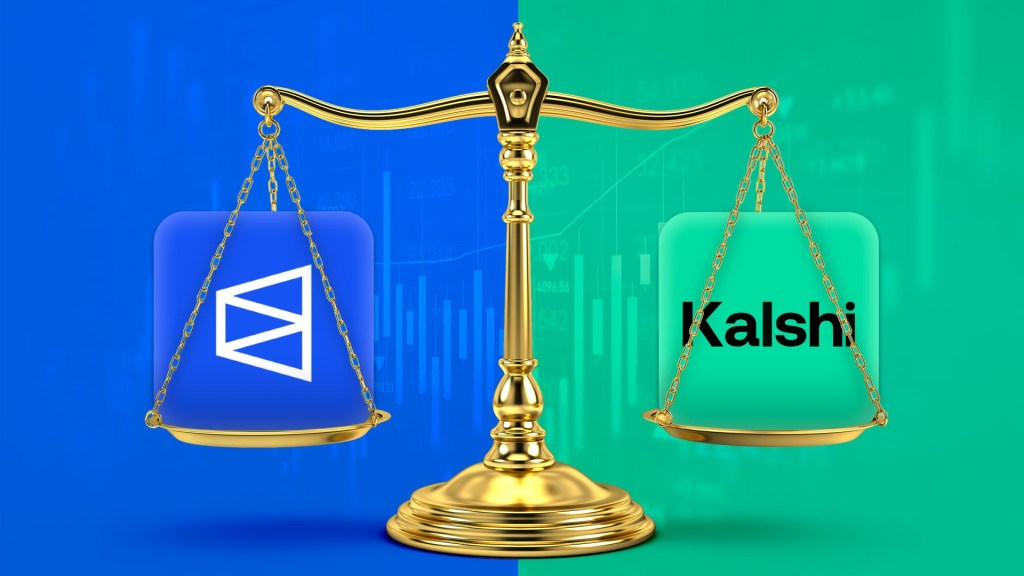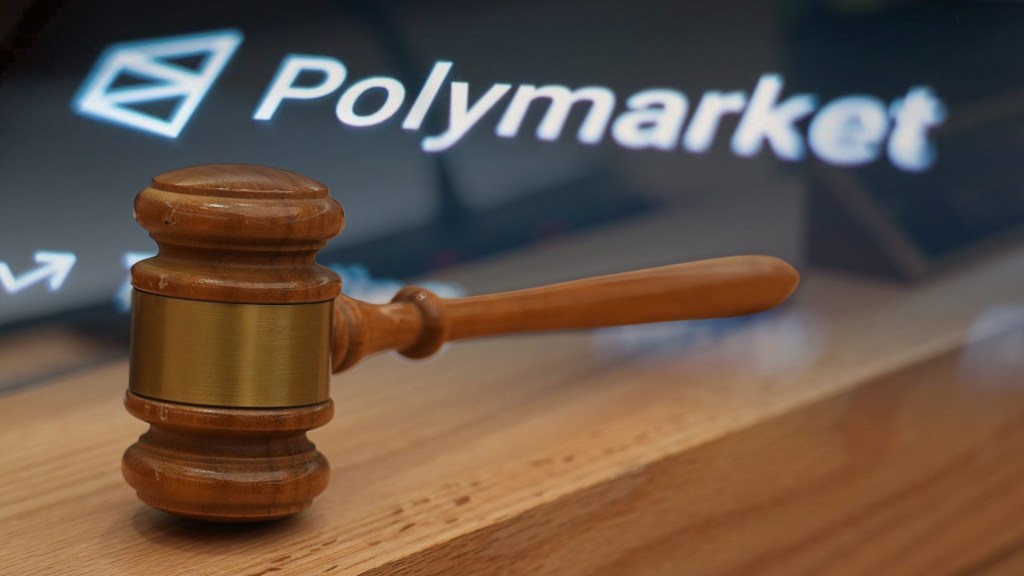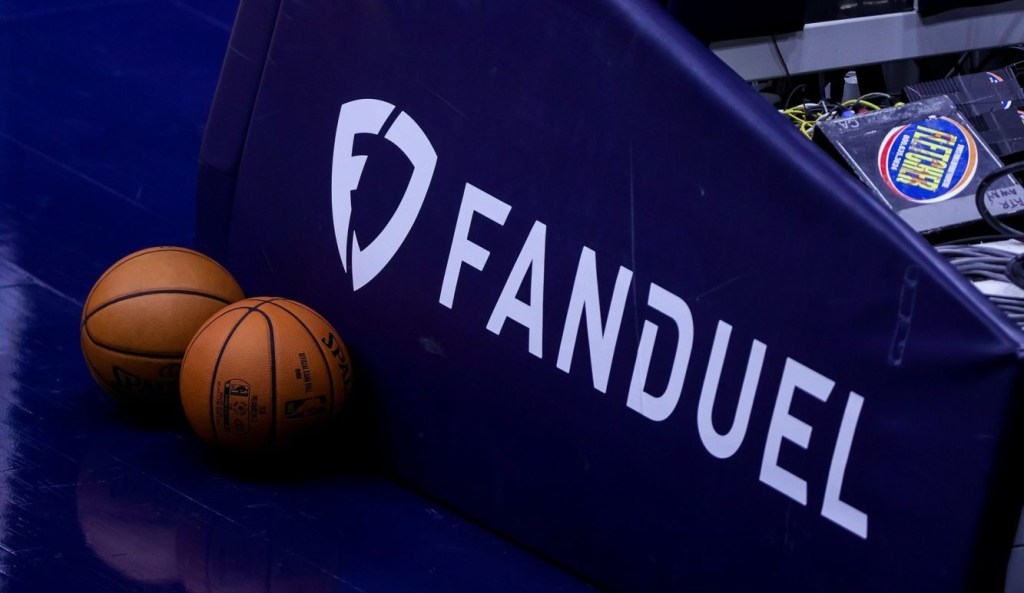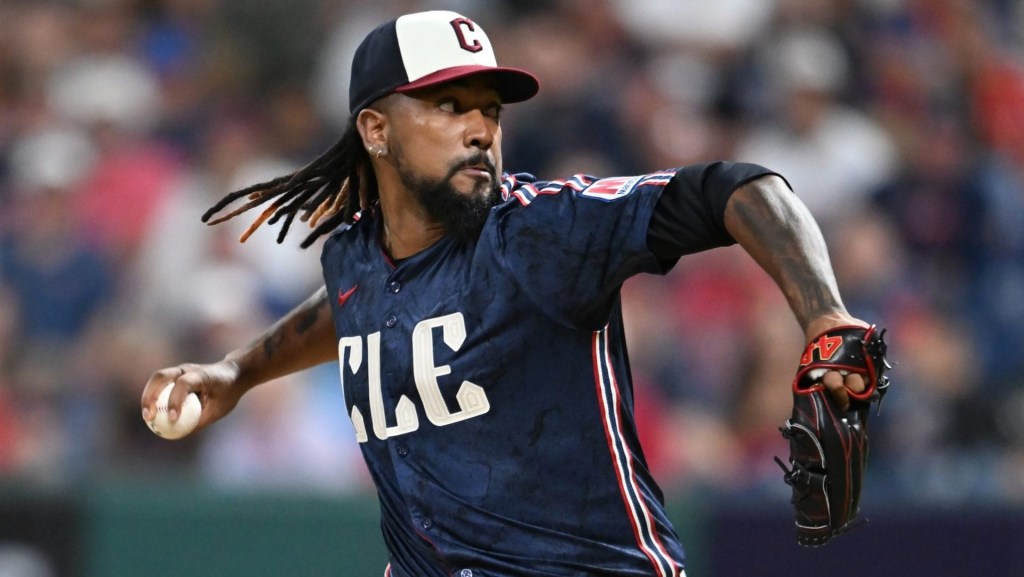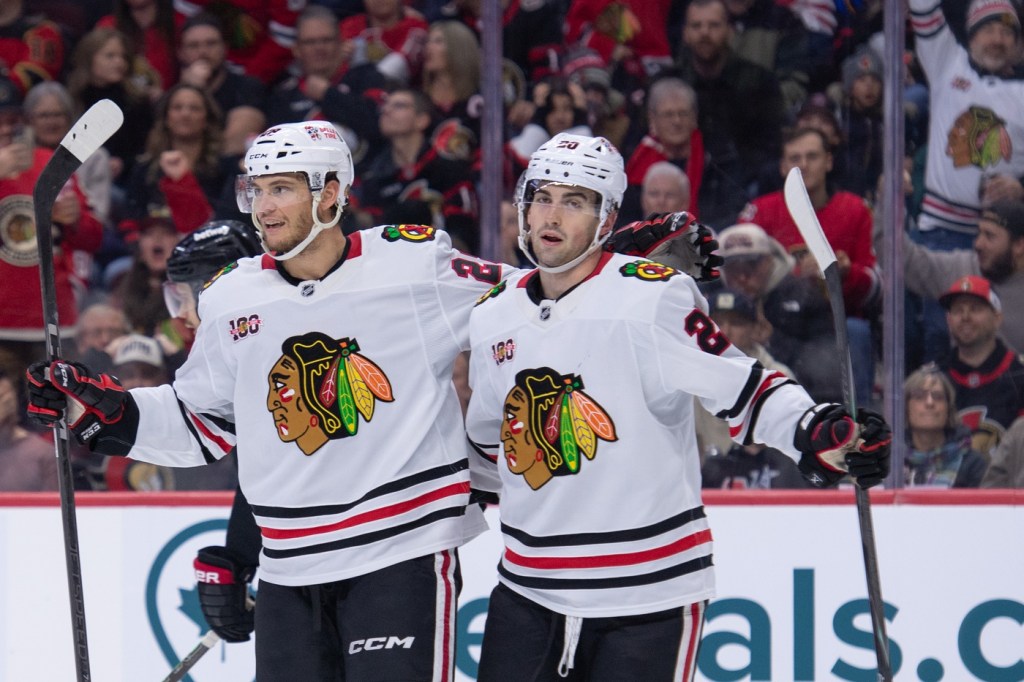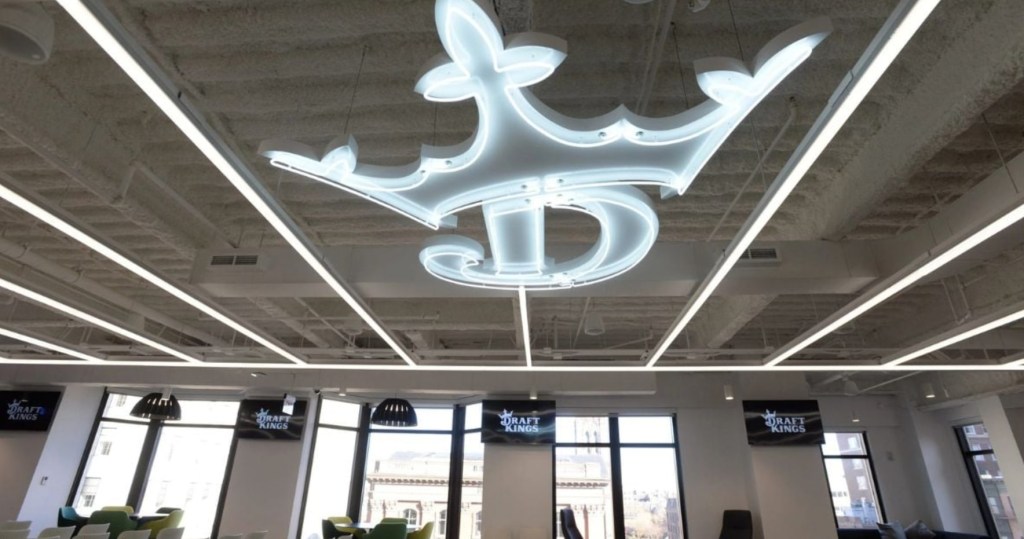As the coronavirus pandemic shut down sports across the globe, theScore saw its sports betting handle dry up. Still, theScore CEO John Levy said engagement on the company’s media app stayed consistent.
While the engagement the past few months wasn’t at the average 100-130 touches a month per user, it was still a daily habit for a majority of theScore’s 4.1 million active monthly users. That, Levy said, bodes well for the betting component when sports come back.
Building and keeping an engaged consumer base will be all the more critical in the coming months as the sports hiatus has potentially altered the sports betting landscape.
“We were surprised how the use on the media app kept up,” Levy said. “We’re very pleased with the fact we could retain the audience, and, from our perspective, sports will snap back fast. People will be all over the app in terms of following their teams again, and we’ll use that engagement to push to the betting side.”
Connecting sports media and content to betting was at the core of theScore’s plan all along. Before the shutdown, Levy said a vast majority of bettors were coming from the media app – avoiding the “gobs of money” most operators spend to engage and retain users. Levy expects to see a slew of new states opening sports betting in the next 12-18 months as they look to find new revenues to help offset the economic pain of the pandemic.
With that onslaught of new states, what was once a land grab by operators to spend to get mass amounts of users and hope they stay on, Levy believes it will be more critical to establish consumer loyalty through engagement.
READ MORE: Sports Betting Crash Forces Operators Into Flexible Solutions
The pause in sports could dramatically change what bettors are looking for, said Ed Moed, chief executive officer of sports betting consultancy HPL Digital Sport. With sports betting effectively stopped – April gaming revenue in Nevada was down 99.6% from 2019, and New Jersey’s April sports betting handle was down 82.6% – bettors might rethink what they’re looking for in a sports betting offering.
“Sports bettors will come back in droves,” Moed said. “It was easy the last two years because it was so new and bettors just wanted to bet. This time around, we’ll come out with a lot of demand, but sports bettors are telling us they want better.”
Moed pointed to HPL Sports’ recent survey, which found bettors are better educated and worth more than was previously thought. Perhaps most telling is HPL’s finding that bettors want more content from their sports betting platforms – 69% want betting tips, 50% want engaging editorial content, and 34% wish for the ability to communicate with other users.
The desire for more content plays right into theScore’s plan as well as Penn National’s planned strategy with its acquisition of Barstool Sports. Penn National now has an equity stake in both theScore and Barstool. Content acquisition has also been a factor behind DraftKings look into acquiring Bleacher Report.
“[Bettors] don’t want to go to 14 places to get information,” he said. “We’ll see more of these deals as bettors want that all-in-one experience to go back and forth with making bets and getting good content and information.”
READ MORE: Sports Betting Short Term Pain Could Be Long Term Gain
Moed said the content integration would help diversify sports betting platforms and move away from the “sea of sameness,” which often includes similar bet offerings and discounts. He sees more creative bet offerings, better payment integrations, and more diversified branding elements along with the increase in content coming in the future.
DraftKings Sportsbook Director Johnny Avello declined to address the Bleacher Report rumors, but did say that when the major sports are stopped “you can either sit on your hands or get to work, and we got to work.” For starters, DraftKings greatly expanded its offering in secondary sports, most notably table tennis, and free-to-play pools.
As the second half of the year will likely be jam-packed with sports, Avello is expecting a significant boost. With that in mind, he noted DraftKings is always working diligently to improve its user experience and keep consumers engaged.
“We learn as we go along and what the customers want and need,” Avello said. “We understand we can’t just sit around even though we’re doing well.”
There’s plenty of room for sports betting innovation, Levy said. While there’s plenty of legacy operators in the industry, the space is ripe for growth, and Levy noted the excitement of investors around public companies, including DraftKings and Penn National. DraftKings shares are currently around $43 as of June 2’s market close, up from $17 when it was first listed on NASDAQ in April. Penn National shares rebounded from a low of $4.52 on March 18 to above $33 as of close June 2, growing closer to the 52-week high of $39.18.
“When you stop thinking about betting as a transactional platform and start thinking about how people are excited about consuming, you can be creative with what you offer,” he said, noting the data people voluntarily give operators. “Other social platforms take it for granted, but sports betting platforms have been doing the same thing forever. This melding of media and betting will displace traditional things and shift old ways to new ways of thinking, and that’s exciting.”
